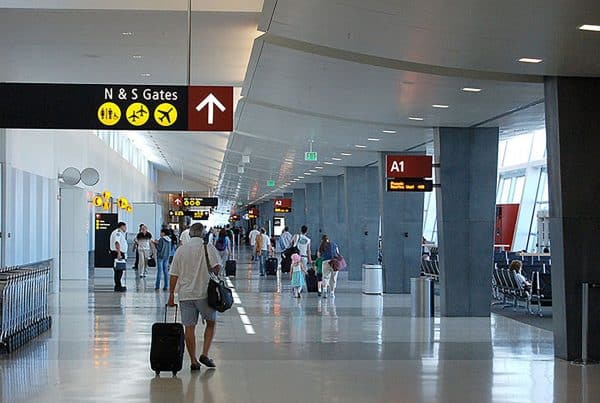
Signage is more than just a tool for communication; it’s a powerful medium that shapes how visitors’ asses and navigate a space. Effective signage can subconsciously influence emotions, guide behavior, and ultimately enhance the overall perception of a space. By understanding the psychology behind signage, businesses and organizations can create more engaging and impactful visitor journeys.
Visual Hierarchy in Signage
Size
Larger elements draw more attention
Color
Different hues evoke specific emotions
Contrast
Helps prioritize information
One key psychological principle is the use of visual hierarchy to guide attention. Elements such as size, color, and contrast help prioritize information, ensuring visitors can effortlessly navigate the space.
Color & Font in Signage
Careful consideration of color and font choices allows businesses to create signage that provides information and evokes specific emotions, encouraging desired behaviors.
Streamlining Thinking
Humans process visual information quickly, and well-designed signs help guide people efficiently through spaces like malls, hospitals, and airports. Clear, concise messages with strong contrast and directional cues reduce mental effort, making navigation seamless. Poorly designed signage, on the other hand, can cause confusion, frustration, and even lost business opportunities when customers struggle to find what they need.

Signs Influence Choice
The placement and context of signage influence decision-making. Signs positioned at eye level or along natural sightlines capture more attention, while those placed near checkout areas encourage impulse purchases. Digital signage adds another layer of psychological impact by incorporating motion, dynamic content, and real-time updates to engage viewers. By understanding these psychological factors, businesses can design signage that not only informs but also persuades and enhances user experience, ultimately driving better customer interactions and sales.
The Future of Signage in Psychology
As we continue to explore the psychology of signage, National Sign Corporation remains at the forefront, creating signage solutions that not only inform but also inspire and engage visitors in meaningful ways.



